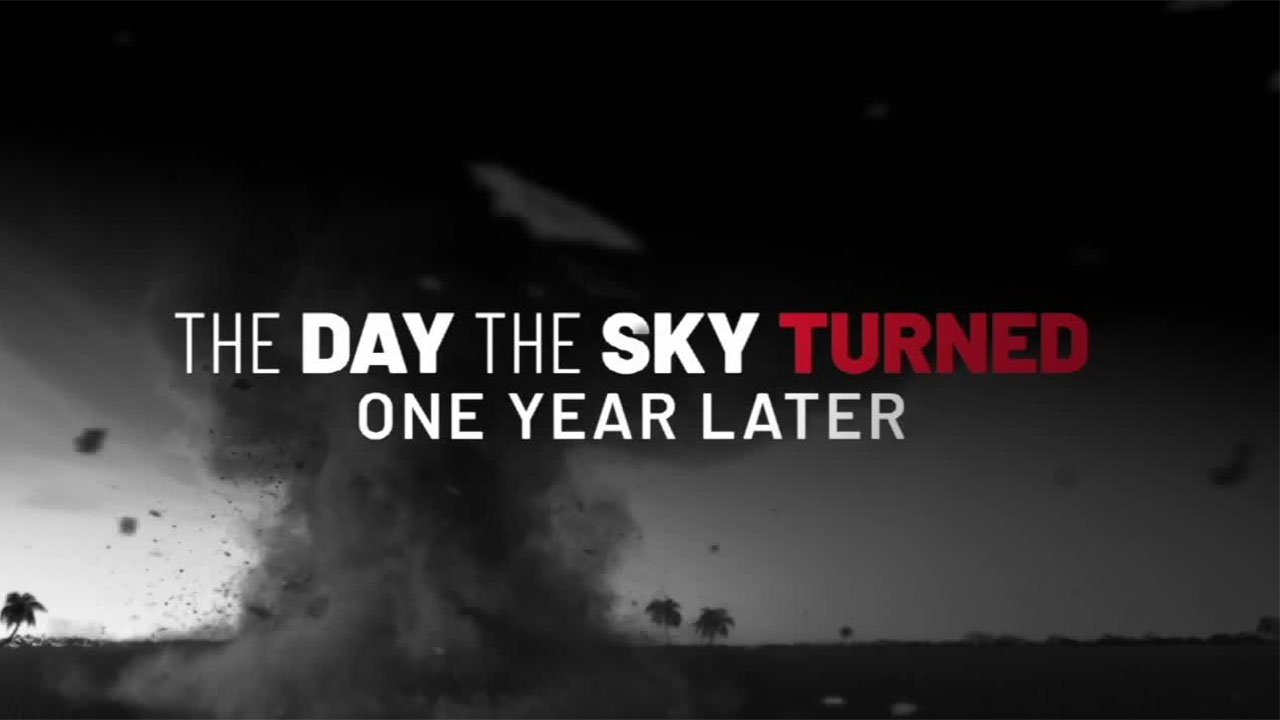JUNO BEACH, Fla. — It's the height of hurricane season and while no storms pose a threat today, that could always change tomorrow. Florida Power & Light has 12 million customers to look after. As the largest utility provider in the country, if its employees are not responding to a hurricane, they are preparing for one.
"In Florida, it's not a matter of if a hurricane will strike, but a matter of when," said FPL spokesman Conlay Kennedy. "It only takes one storm to up end our communities and change our way of life."
Storms of the past have helped shape the grid of the future. Hurricanes Francis, Jeanne and Wilma from 2004 and 2005 changed the current and forced this behemoth electrical company to harden the entirety of electrical lines and implement new smart technology. Historic investments have made the grid smarter, stronger and more storm resilient.
"It's all about trying to send the right resource at the right amount of time to go ahead and get somebody to the right location," said Justin Klocman, who manages FPL's Distribution Control Center. "Prior to having this technology out, we would have to drive out and take a look and physically put eyes on the entirety of our power lines, to figure out where the fault was."

Some 41,000 smart devices collect and report back data into this state-of-the-art room. The devices talk to each other and determine where there's a fault.
In the past, it would have taken days to restore power. Now it can be just a matter of hours with smart grid technology tracking outages. Every address in the five-county viewing area can be located on screens in this control center. They know when your power is out as soon as your lights flicker.
"After Hurricane Irma in 2017, where we saw a lot of destruction to our overhead system from wind-blown debris and trees contacting lines and falling into lines, that's when we really started focusing on putting the existing overhead lines underground," said Robert Gaddis, director of FPL's underground program.
FPL said 45% of power lines in its system across the state are now buried. It's common for most new communities to bury 90% of their lines. Another common sight is replacing old wooden poles with concrete ones. In fact, the last wooden power pole will be replaced very soon.
Kennedy admitted that no grid is hurricane-proof, so customers should be prepared to be without power if a hurricane strikes.
However, constant improvements are always studied and implemented to turn the lights back on faster.
"How do we learn more about the grid, and even today we're learning more and more and more on how our grid operates," said Klocman.
WATCH: FPL uses fixed-wing drone to inspect for hurricane damage
Hurricane Irma impacted 4.4 million FPL customers and a lot has been learned in the five years since. Plus, lots of tools are at FPL's arsenal, providing eyes in the field.
FPL project manager Kyle Bush deploys several rovers to substations across the state for pre- and post-inspection for storms. Each has thermal- and high-resolution cameras which act as first responders after a hurricane passes.
Those are the tools on the ground. But FPL has launched a new program in the air where technology has risen from the ground up.
"We're kind of like air traffic control, but using drones instead," said Heath McLemore.

He holds the title of operations manager for FPL's air drone program.
His office, better known as the FPLAir Command Center, is decked out with radars, live air traffic and real time image equipment that helps power the largest utility in the country.
"Average day for us, we're looking at anywhere from 400 to 600 drone flights a day," said Mclemore. "We're looking at power lines, power poles, equipment on top of those and looking for potential damage that may cause outages in the future."
FPL first deployed drones after Hurricane Matthew in 2016, transforming the way they look and analyze overhead equipment for damage. Then came a big breakthrough three weeks ago. FPLAir One took flight, changing the scale and scope of drone inspection. The 39-foot wingspan, 1,800-pound fixed-wing drone can fly up to 1,000 miles and 20 hours on a single flight.

"We'll have actual pilots in these seats operating this drone anywhere in the state," said McLemore.
It's a game changer, said McLemore, capturing larger data on a larger scale faster, thus narrowing down resources to send for repairs. Part of their storm response plan includes activating more than 200 drone pilots heading into inaccessible areas to capture data as soon as a hurricane passes. They are the eyes in the sky and the sky is the limit.
"Depending on how this does, we always have the options to expand this program to much larger, maybe 'FPLAir Two,' 'FPLAir Three,' who knows?" said McLemore.
For details on FPL's restoration process, click here.









